History is full of fascinating stories, but some of the most popular ones are just plain wrong. These historical myths have been passed down for years, and many of us believe them without question. But the truth is often much more interesting! Let’s look at 15 of these myths and set the record straight.
15 One-Line Facts: History Lies Busted
- Napoleon wasn’t short.
- Marie Antoinette never said, “Let them eat cake.”
- Vikings didn’t wear helmets with horns.
- Columbus didn’t discover America.
- Paul Revere didn’t yell, “The British are coming!”
- You can’t see the Great Wall of China from space.
- George Washington didn’t have wooden teeth.
- An apple didn’t bonk Isaac Newton on the head.
- Einstein was actually a great student.
- Van Gogh didn’t cut off his ear because of a broken heart.
- The Salem Witch Trials weren’t just about burning witches.
- People in the Middle Ages knew the Earth wasn’t flat.
- Nero didn’t play his fiddle while Rome burned.
- Lincoln’s Emancipation Proclamation didn’t free all slaves right away.
- The Boston Tea Party wasn’t only about taxes.
1. Napoleon’s Height:
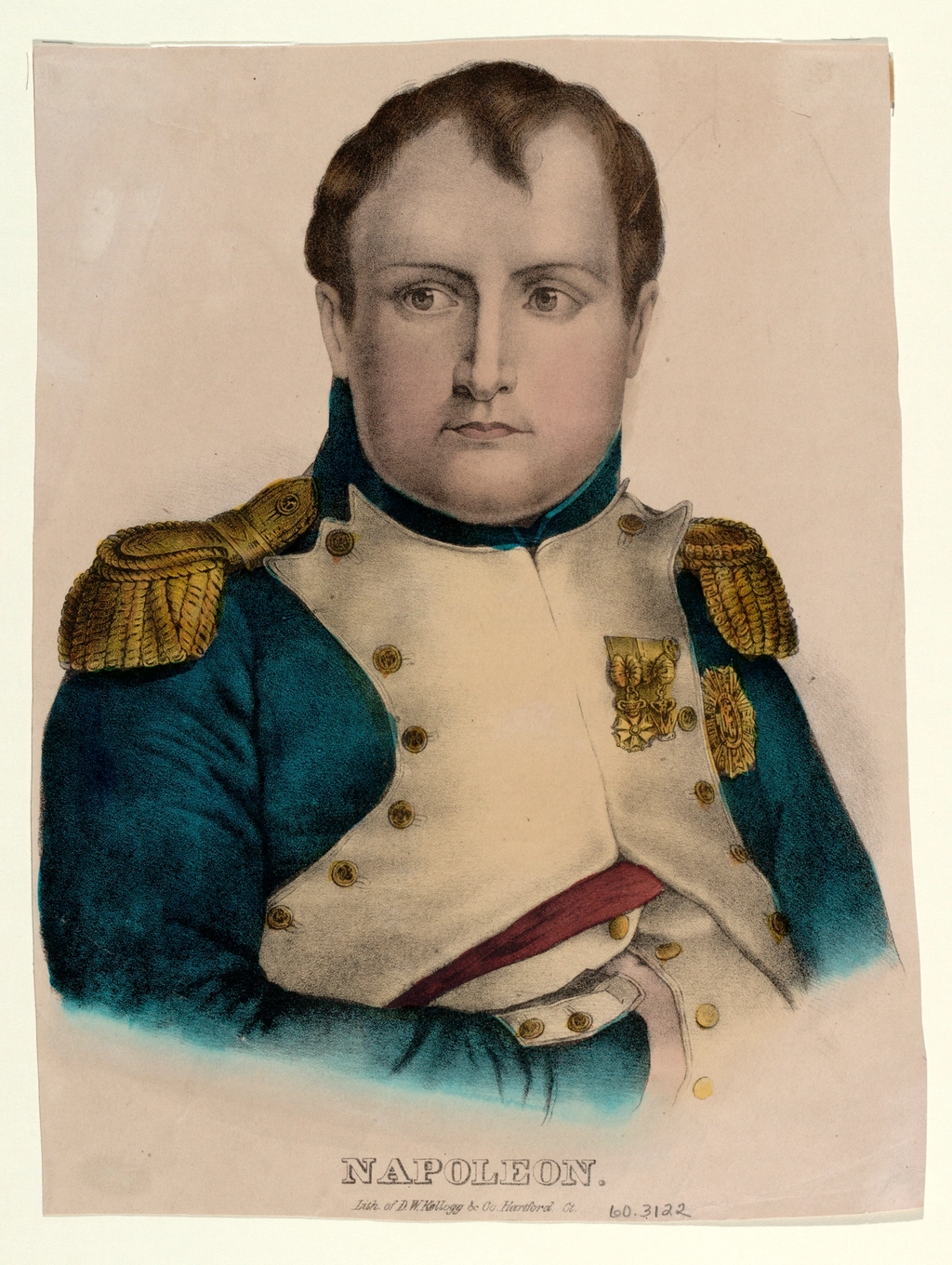
Napoleon Bonaparte, the famous French emperor, was not short. He stood at about 5 feet 6 inches (168 cm) tall, which was average for a Frenchman during his time. The myth of his shortness likely originated from British propaganda during the Napoleonic Wars, where caricatures often depicted him as a diminutive figure. Additionally, a confusion between French and British measurement systems led to further misinterpretations of his height.
2. Marie Antoinette’s Cake:
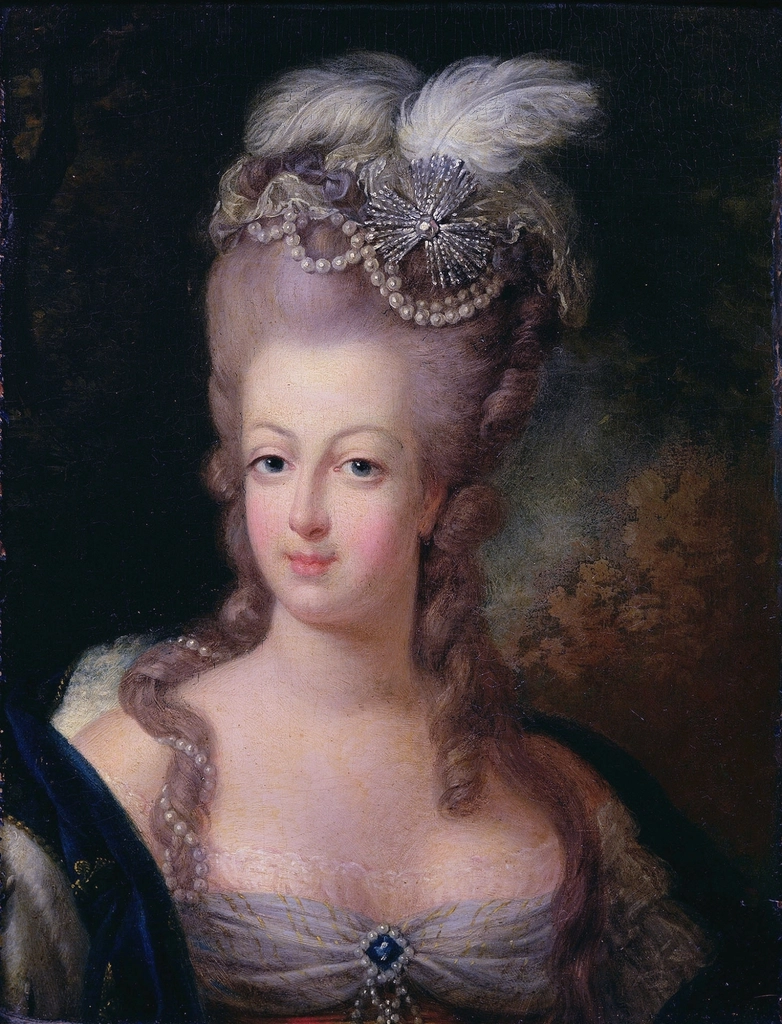
Marie Antoinette, the last queen of France before the French Revolution, never uttered the infamous phrase, “Let them eat cake.” This quote was attributed to her decades after her execution and was meant to portray her as insensitive and out of touch with the plight of the common people. There is no historical evidence to support this claim.
3. Viking Helmets:
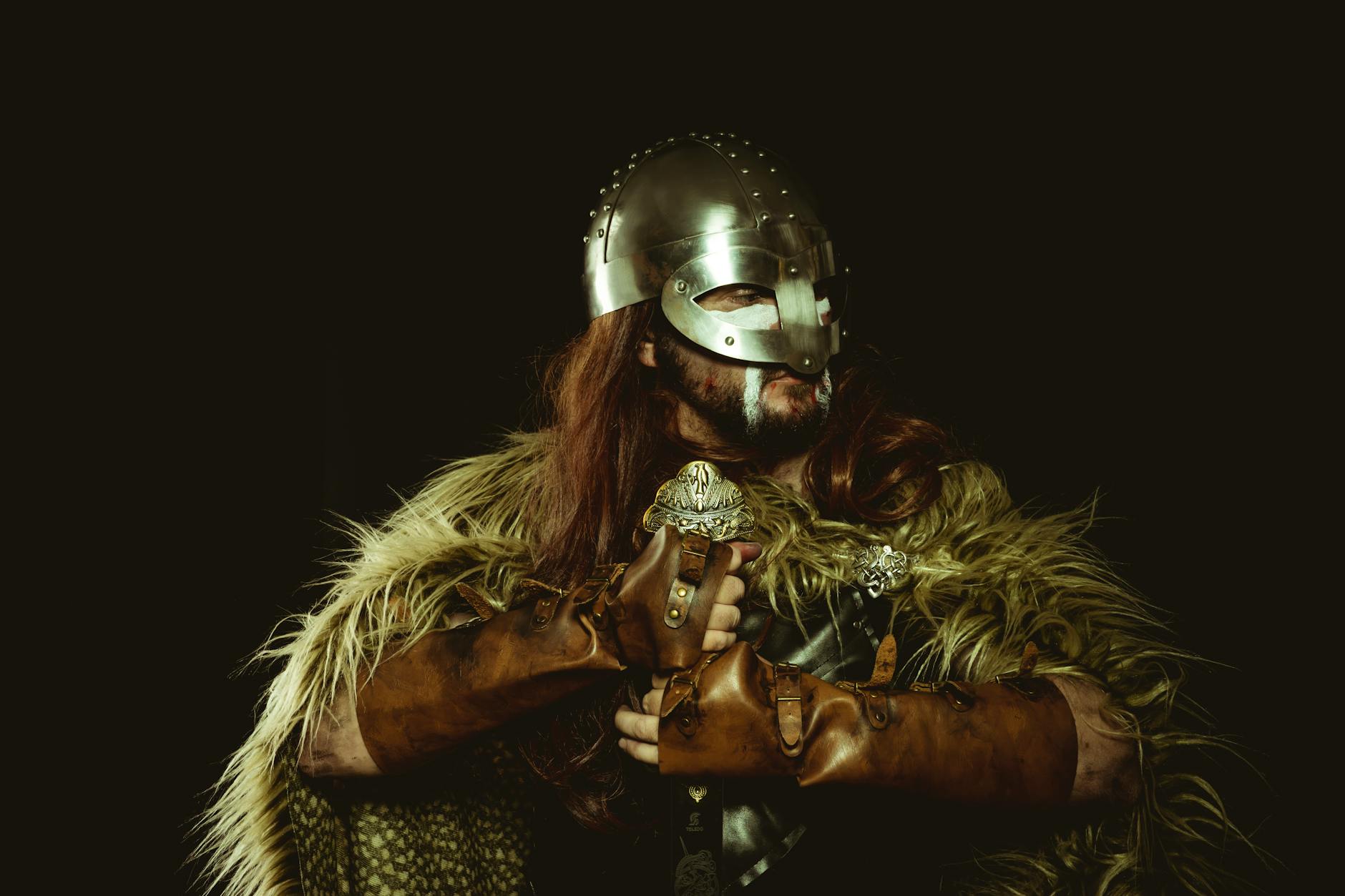
The image of Vikings wearing horned helmets is a popular misconception. This depiction originated in the 19th century, popularized by costume designers for Richard Wagner’s operas. Archaeological evidence suggests that Viking helmets were simple conical or rounded designs, typically made of iron or leather, without any horns.
Read More: 15 Jaw-Dropping Facts About Ancient Egypt That Will Change Your Perspective
4. Columbus’s “Discovery”:
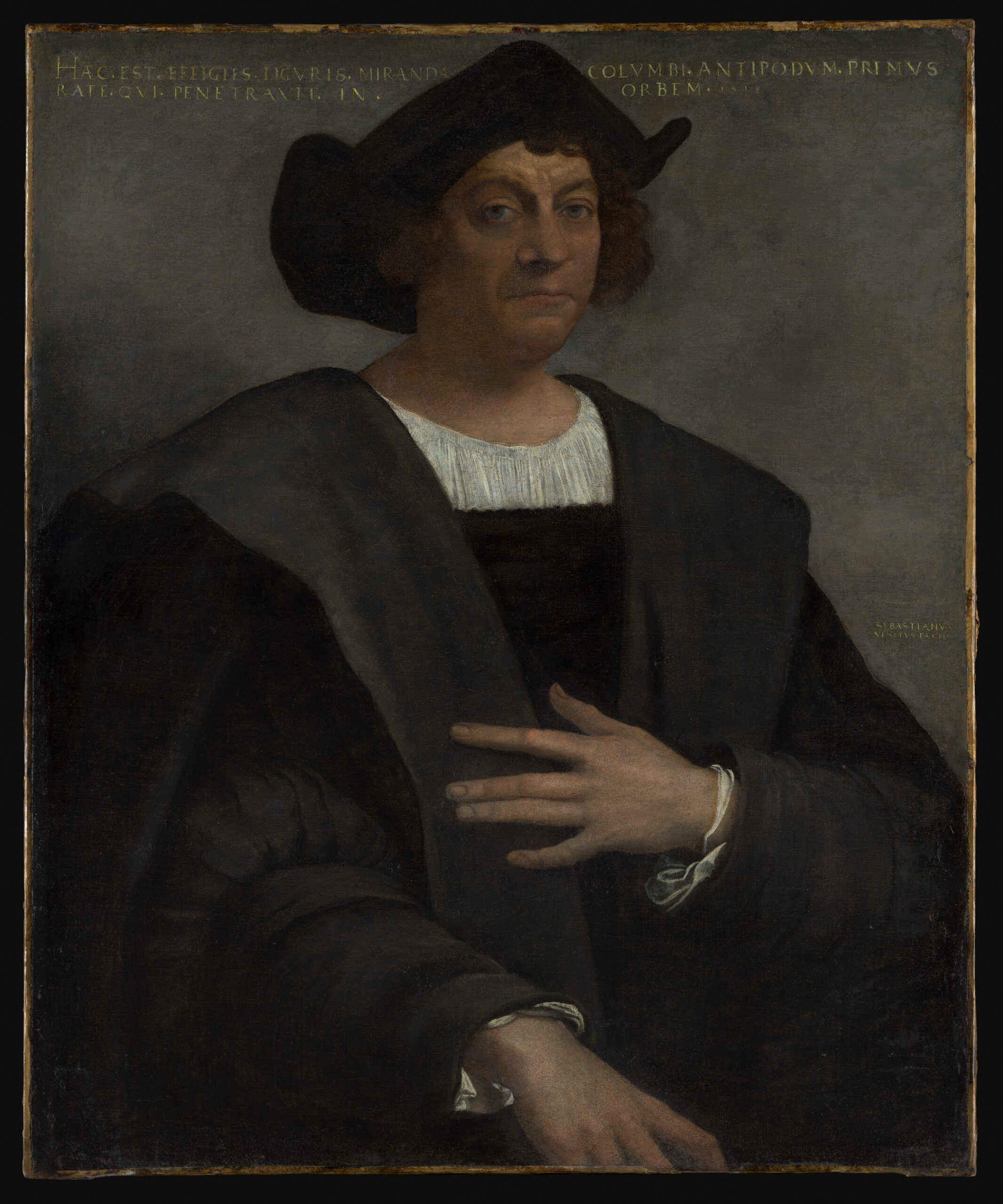
Christopher Columbus did not discover America. Indigenous peoples had inhabited the Americas for thousands of years before his arrival in 1492. Columbus’s voyages marked the beginning of European exploration and colonization of the Americas, leading to the displacement and decimation of indigenous populations.
5. Paul Revere’s Midnight Ride:
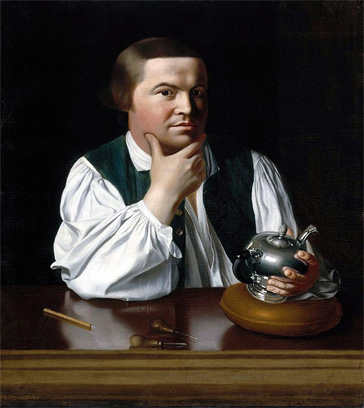
Paul Revere’s famous ride to warn colonists of the approaching British troops is often misquoted as, “The British are coming!” In reality, he likely said, “The Regulars are coming out!” This phrase referred to the British regular army and was intended to avoid alarming British loyalists in the area.
6. The Great Wall’s Visibility:

The Great Wall of China is not visible to the naked eye from space, despite popular belief. While the Great Wall is long, it is relatively narrow and blends in with its surroundings. Astronauts have reported that it can be difficult to spot even from low Earth orbit.
Read More: Top 15 Surprising Facts That Will Change How You See the Roman Empire
7. Washington’s Teeth:
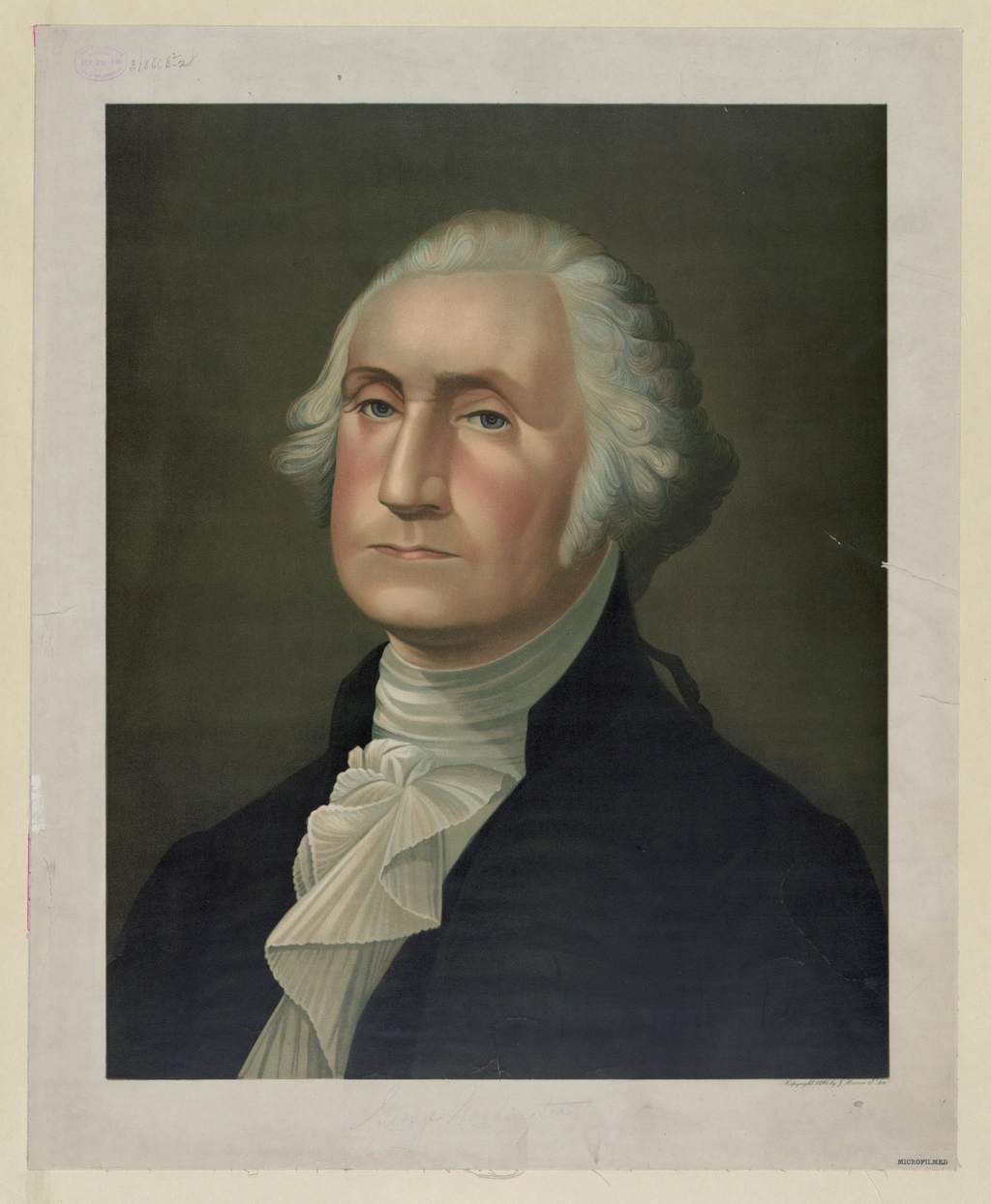
George Washington did not have wooden teeth. His dentures were made from a variety of materials, including ivory, gold, lead, and even human teeth. The myth of wooden teeth likely stems from the discoloration of ivory over time.
8. Newton’s Apple:

The story of Isaac Newton being hit on the head by an apple and suddenly discovering gravity is an exaggeration. While Newton did observe apples falling from a tree, it was a series of experiments and observations over many years that led him to develop his theory of universal gravitation.
9. Einstein’s Grades:

Albert Einstein was a brilliant student, especially in mathematics and physics. The myth that he was a poor student likely originated from a misunderstanding of the grading system at his school. He excelled in the subjects that interested him, but he sometimes clashed with teachers who did not appreciate his independent thinking.
10. Van Gogh’s Ear:
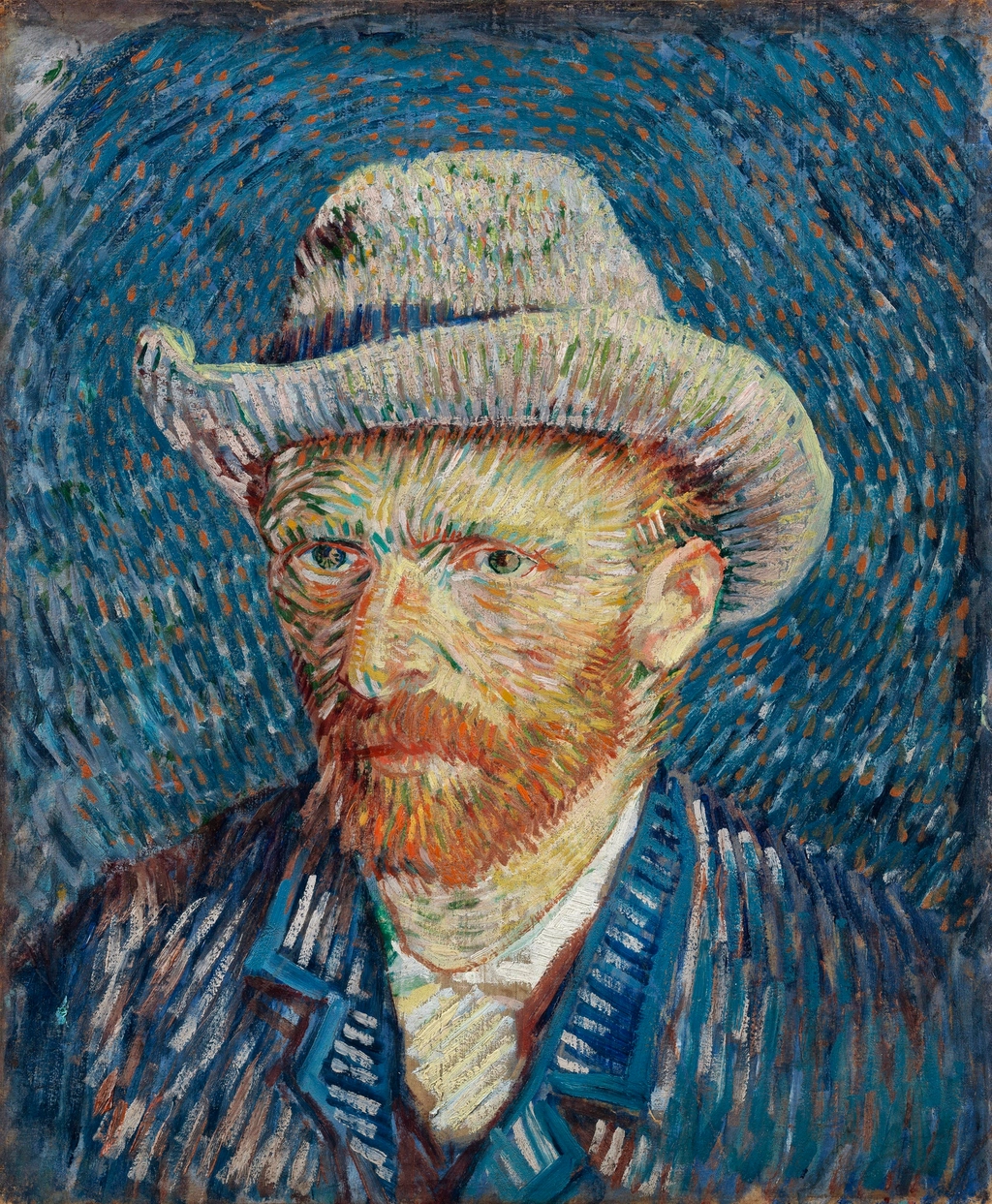
Vincent van Gogh’s self-mutilation of his ear was not solely due to a failed romance with fellow artist Paul Gauguin. While their relationship was tumultuous, Van Gogh suffered from mental illness, including bouts of psychosis, which likely contributed to his actions.
11. Salem Witch Trials:
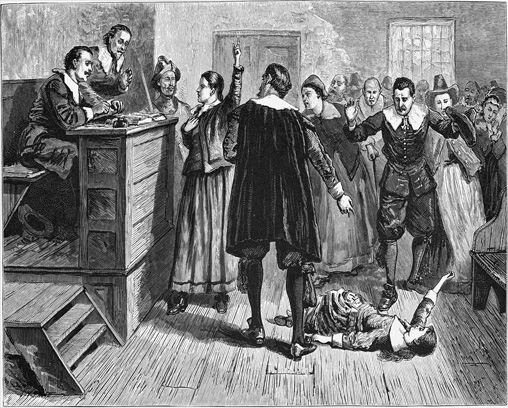
The Salem Witch Trials were not simply about burning witches at the stake. They were a complex series of events fueled by fear, religious extremism, social tensions, and possibly even ergot poisoning. The trials resulted in the executions of 20 people, mostly women, and the imprisonment of many others.
Read More: Lost Civilizations: Unravel 15 Enigmatic Cultures | History’s Secrets
12. Flat Earth Myth:

The idea that people in the Middle Ages believed the Earth was flat is a misconception. Educated individuals during this time understood that the Earth was spherical. This knowledge was based on ancient Greek philosophy and supported by astronomical observations.
13. Nero’s Fiddle:
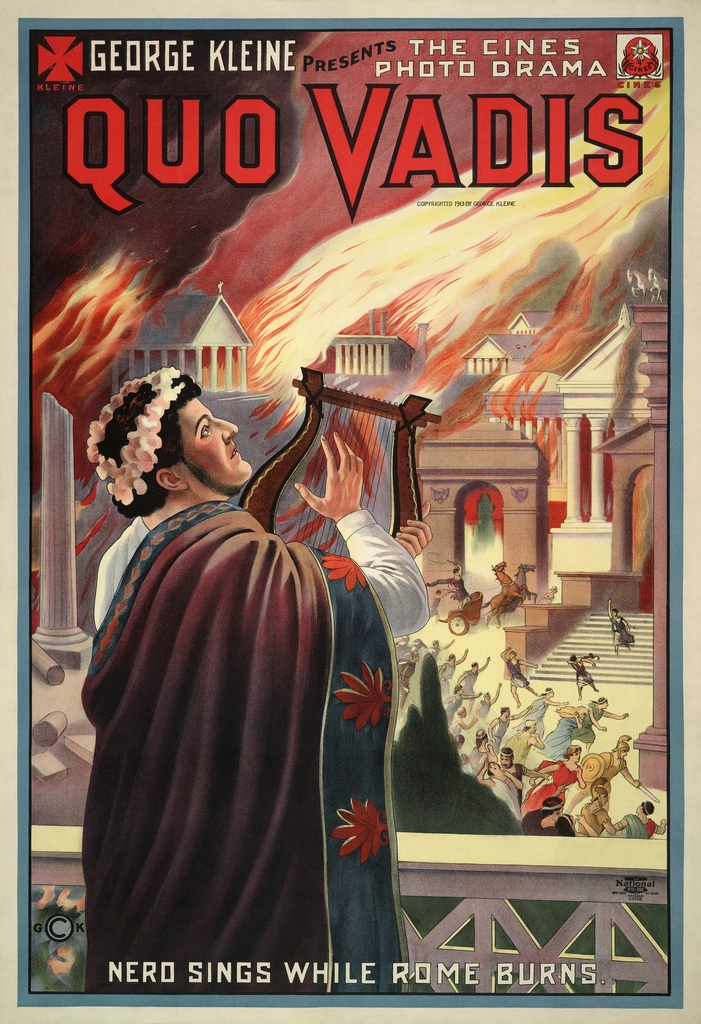
The Roman emperor Nero did not play the fiddle while Rome burned in the Great Fire of 64 AD. The fiddle had not yet been invented. The story was likely fabricated by later historians to portray Nero as a callous and uncaring ruler.
14. Emancipation Proclamation:
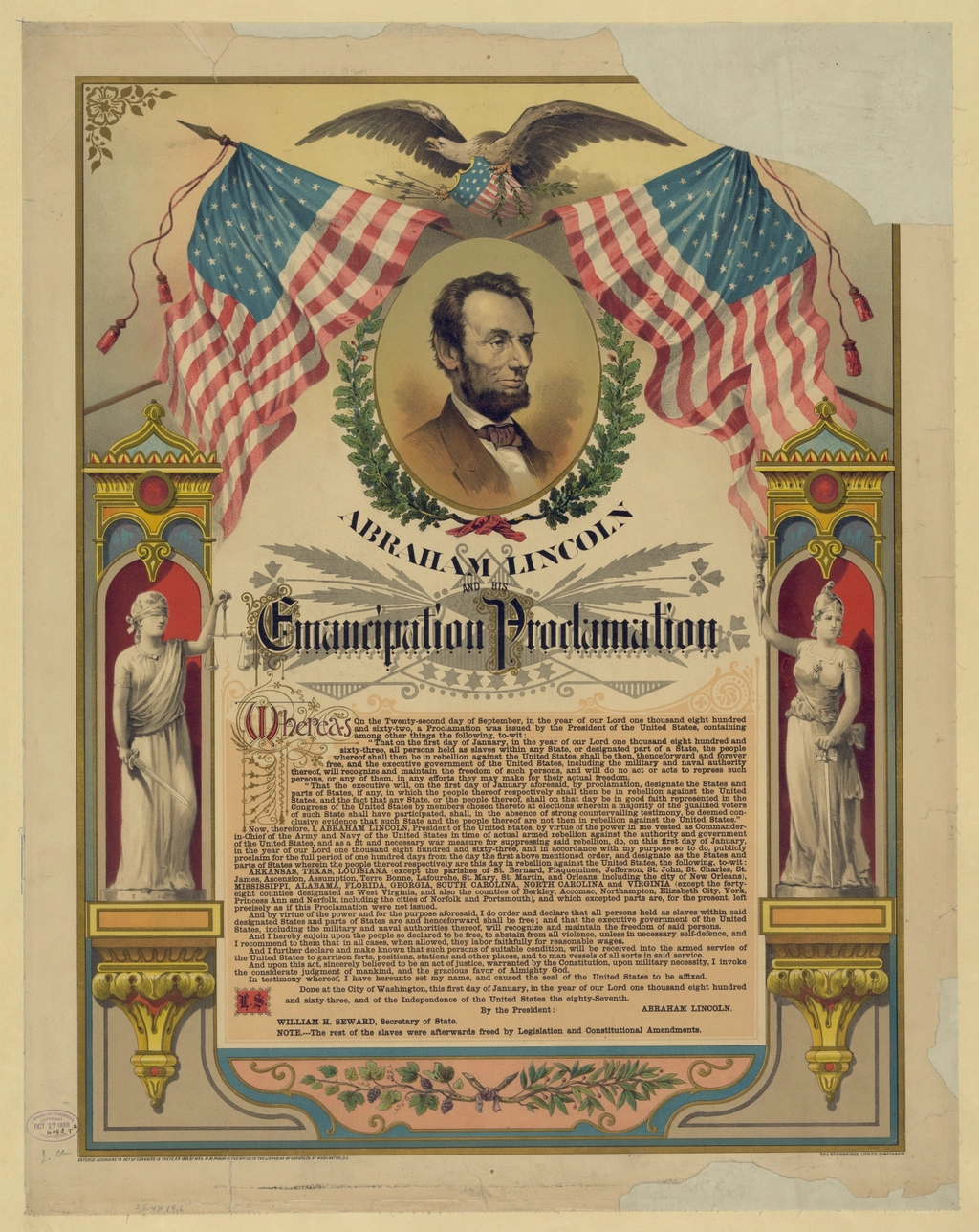
President Abraham Lincoln’s Emancipation Proclamation did not immediately free all slaves in the United States. It applied only to slaves in Confederate states that were still in rebellion against the Union. Slavery was not fully abolished until the passage of the 13th Amendment in 1865.
15. Boston Tea Party:

The Boston Tea Party was not solely a protest against high taxes. It was a culmination of growing frustration with a series of British policies that limited colonists’ rights and self-governance. The Tea Party was a symbolic act of defiance that ultimately led to the American Revolution.
Conclusion
History is like a giant puzzle. Sometimes, pieces get put in the wrong places, and that’s how myths are born. But by learning the truth about these historical whoppers, we can see the past more clearly. It’s like fixing a puzzle – when all the pieces fit right, the picture makes a lot more sense. And the real stories of history are often even more amazing than the made-up ones!
15 FAQs ( Frequently Asked Questions):
-
Why do people believe in history myths?
Sometimes, the myths are just more exciting than the real story. Other times, people might spread myths to make someone look good or bad, or to support their own ideas. Myths can also be passed down through generations, so it’s easy to believe them if you’ve heard them all your life.
-
How can I know if something I’m reading about history is true?
Be a history detective! Look for information from different sources, like books, websites, and museums. Check if the author or website is trustworthy and if they’ve done their research. Don’t just believe everything you read – always be curious and ask questions!
-
Are all stories from history myths?
Definitely not! There are tons of amazing, true stories from history that are even more fascinating than the myths. It’s just important to separate fact from fiction.
-
Is it bad to believe in history myths?
It’s okay to believe in myths if you don’t know the real story yet. But once you learn the truth, it’s good to update your knowledge. That way, you can share accurate information with others and have a better understanding of the past.
-
What are some other history myths I should know about?
There are plenty more! You could do some research on the real story behind the Trojan Horse, the story of Pocahontas, or even whether or not Betsy Ross really sewed the first American flag. It’s a fun way to learn and discover new things about history.
-
Is it important to learn about history myths?
Yes! It’s important because it helps us understand how stories change over time and how our understanding of the past can be influenced by different factors. Plus, learning about myths can lead us to discover the real, and often more interesting, stories behind historical events.
-
Do history myths only happen about old events?
Not at all! Myths can pop up around recent events too. Think about rumors or false stories you might have heard about current events or famous people. It’s important to be critical of information and try to find out the truth, no matter when the event happened.
-
How can we help prevent history myths from spreading?
The best way is to learn the truth ourselves and share it with others! When you hear a story that sounds too good to be true, do some research to see if it’s accurate. And if you find out a story is a myth, don’t be afraid to politely correct someone if they’re spreading misinformation.
-
Can learning about history myths be fun?
Absolutely! It’s like solving a mystery. Digging into the past to uncover the truth can be a really exciting adventure. Plus, the real stories of history are often full of drama, intrigue, and surprising twists and turns.
-
What if I still like the myths better than the real story?
That’s okay! Sometimes myths are more fun or easier to remember. But it’s important to know the difference between myth and reality so we don’t get confused about what actually happened in the past. We can still enjoy the myths as stories, while also appreciating the value of learning the truth.
-
Can historical myths be harmful?
Absolutely. Some myths can be harmless fun, but others can be dangerous. For example, myths that portray certain groups of people in a negative light can perpetuate harmful stereotypes and discrimination. Myths that twist historical events can also lead to misunderstanding and conflict in the present. It’s crucial to be aware of these potential harms and strive for accurate historical knowledge.
-
Can history be rewritten to correct myths?
History is constantly being reinterpreted and re-examined as new evidence emerges and perspectives shift. Historians strive to present the most accurate and nuanced understanding of the past, but it’s an ongoing process. While we can’t change what happened, we can challenge and correct myths to create a more truthful narrative.
-
Are all historical figures subject to myths?
Pretty much! It seems that the more famous a figure, the more likely they are to be surrounded by myths and legends. Whether it’s exaggerating their accomplishments, demonizing their actions, or simply misrepresenting their lives, historical figures often become larger-than-life characters in the popular imagination.
-
What’s the difference between a historical myth and a conspiracy theory?
Historical myths are often unintentional misunderstandings or exaggerations that have been passed down over time. Conspiracy theories, on the other hand, are usually intentional attempts to explain events through secret plots and hidden agendas. While both can distort the truth, conspiracy theories tend to be more elaborate and often lack credible evidence.
-
Where can I learn more about historical myths and their debunking?
There are many resources available to help you separate fact from fiction in history. Reputable books, documentaries, and websites dedicated to history are great places to start. You can also consult historians and experts in the field to get a more in-depth understanding of specific events and figures.




